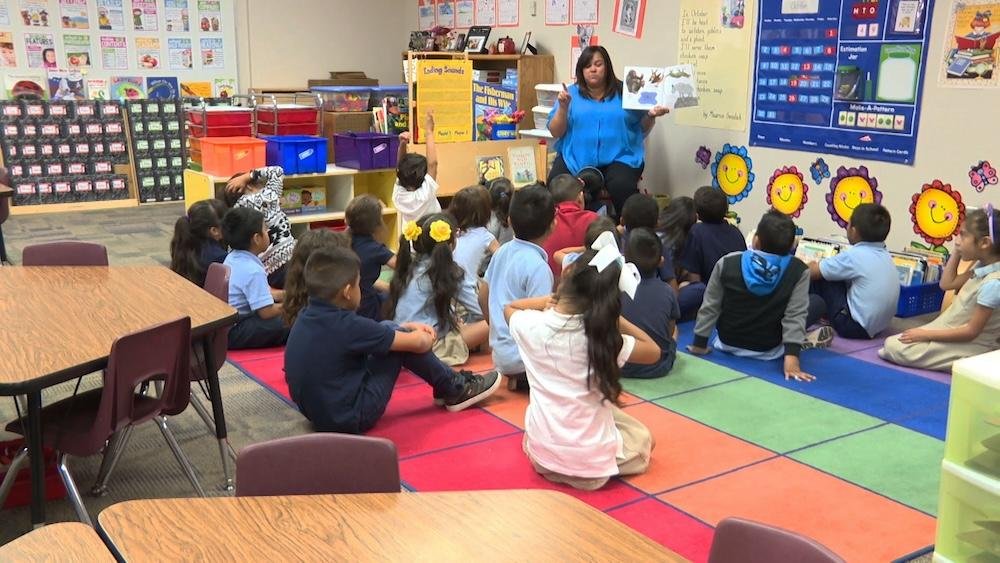Business
Arizona’s Teacher Shortage Crisis Shows Glimmers of Relief

A few weeks into the last school year, 30% of teacher positions in Arizona remained unfilled. While the shortage persists, recent data suggests some improvement.
The Tucson Unified School District reports 164 classroom openings, a significant drop from 300 the previous year. Deer Valley Unified School District is nearing full staffing, and Tempe Union High School District has reduced its vacancies from five to just one.
“We have been more successful this year than we were last year,” stated Dawn Anderson, director of human resources at Flagstaff Unified School District. The district, employing around 600 certified teachers, currently has only eight vacancies.
Low pay continues to be a significant challenge in recruiting teachers.
The National Education Association lists the starting salary for Arizona teachers at $44,124, ranking 21st in the nation. However, the average salary is $60,275, placing Arizona at 32nd overall, roughly $9,000 beneath the national average and far below the living wage in many state regions. In Maricopa County, a single parent with one child needs $79,147 annually to meet the cost of living, according to the Economic Policy Institute.
“We’re getting paid so little and asked to do a lot,” lamented Rikki Acosta, social-emotional learning coordinator at Maryvale Preparatory Academy in Phoenix.
Schools have adopted measures such as eliminating planning periods to address shortages, effectively increasing teachers’ workloads. Educators like Gretchen Hann, principal at Desert Edge High School in Goodyear, caution that this ‘Band-Aid’ solution accelerates burnout and encroaches on personal time.
Last year began with 2,229 teaching vacancies across 131 Arizona districts, per the Arizona School Personnel Administration Association (ASPAA). “It’s scary. We’ve started the year without teachers,” Hann added.
In response, Arizona has rolled out several programs to combat shortages and improve teacher retention.
One such initiative is the Arizona Teachers Academy, which offers student loan forgiveness to those committing to teach in K-12 schools. Enrollment has surged to 3,255 students in 2023, a fourteen-fold increase since 2018. However, the program faces hurdles with a budget cut for the 2025 fiscal year, making it less accessible.
Districts are also leveraging alternative educator programs. These initiatives allow college graduates to begin teaching while they work on obtaining their certification. “The districts that are doing that are building a teacher pipeline that we would not have had without it,” noted Justin Wing, ASPAA data analyst and assistant superintendent of human resources at Mesa Public Schools.
Additionally, Arizona State University’s Next Education Workforce project is pioneering a team-based approach to teaching, which aims to optimize teachers’ strengths.
Another strategy involves recruiting foreign teachers through the J1 visa program, which permits certified teachers to work in the U.S. for up to five years. Despite the potential delays in processing times, several districts have adopted this method. Casa Grande Union High School District, for example, expects 25 teachers under the J1 program for the next school year.


















